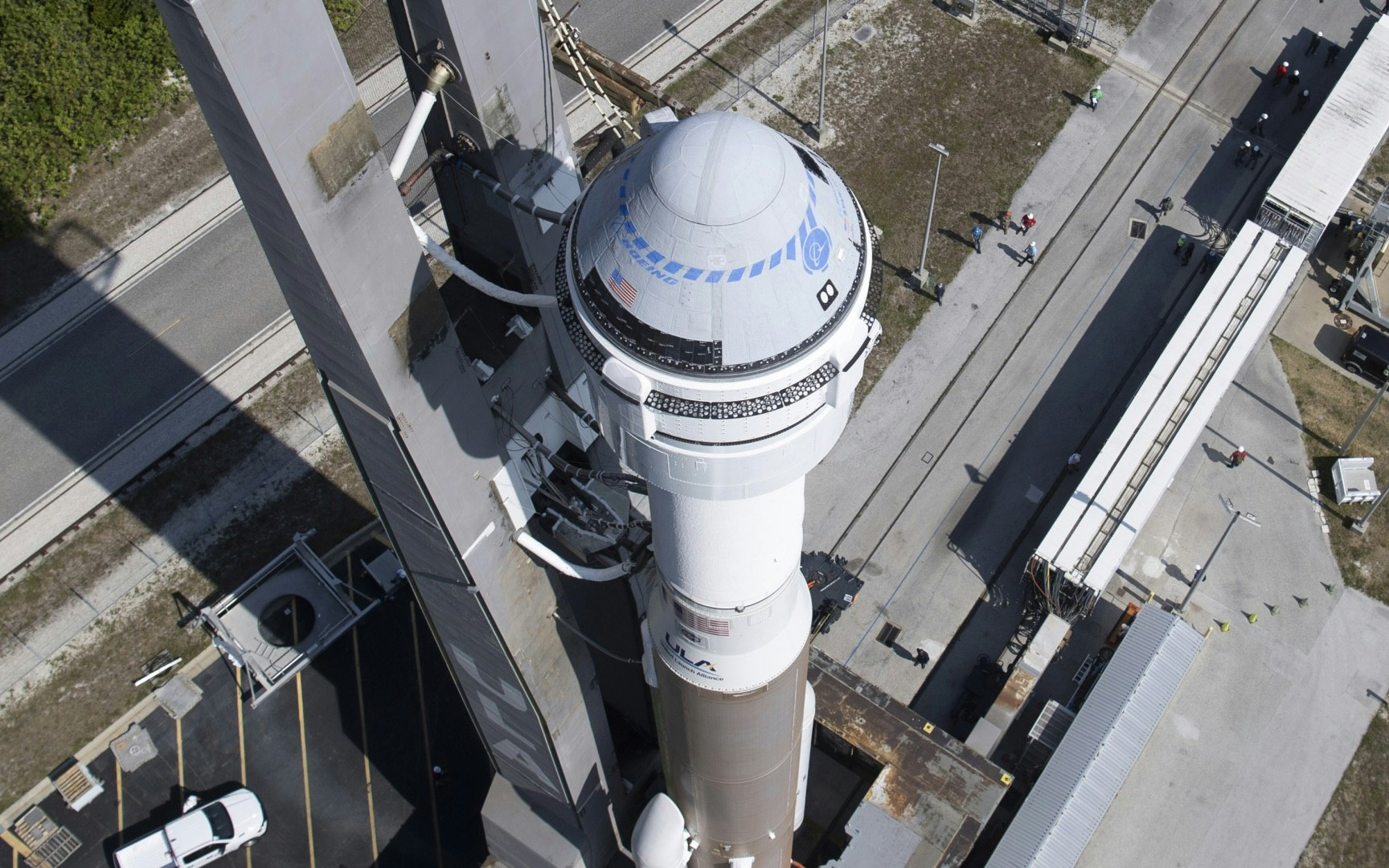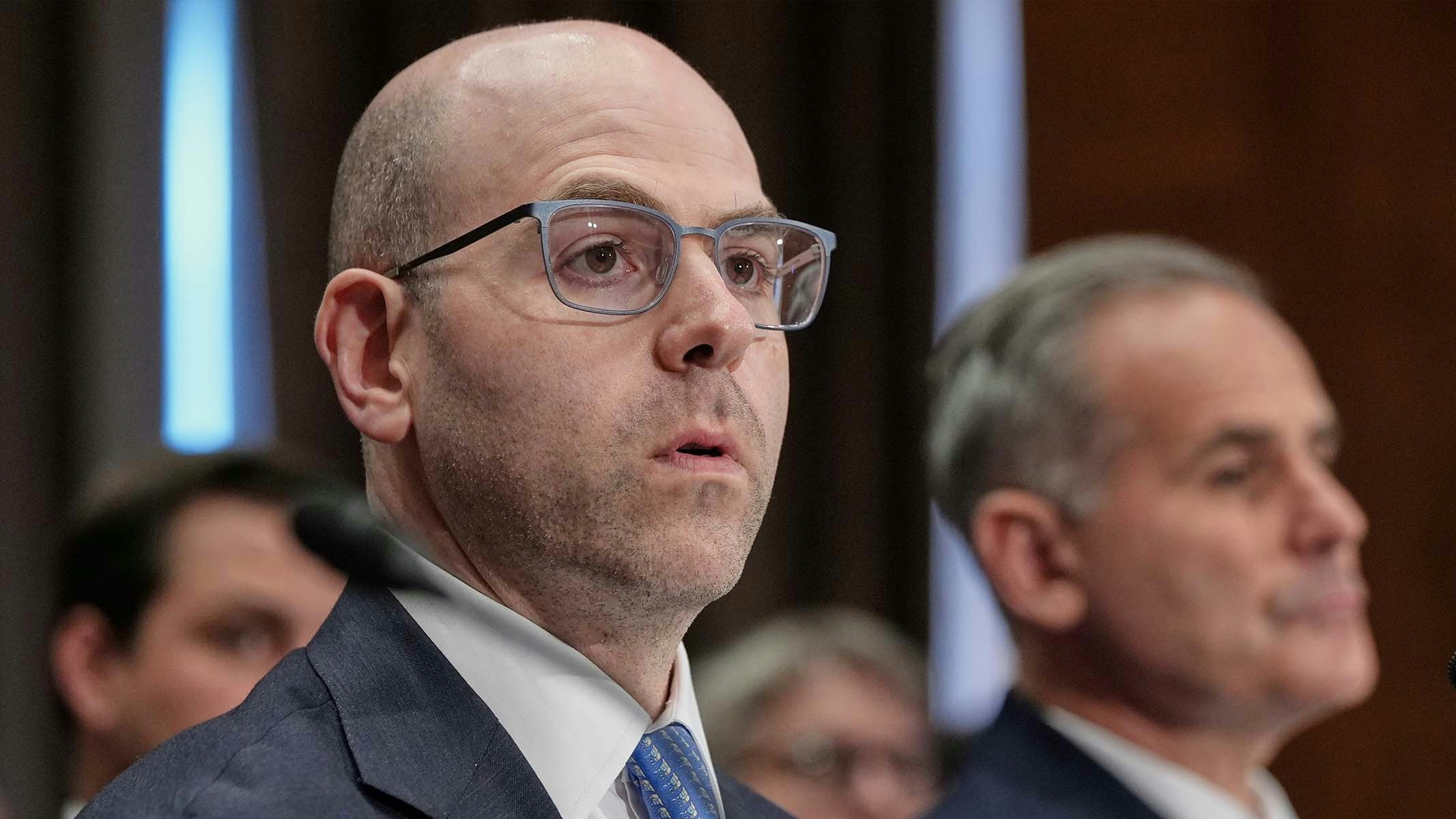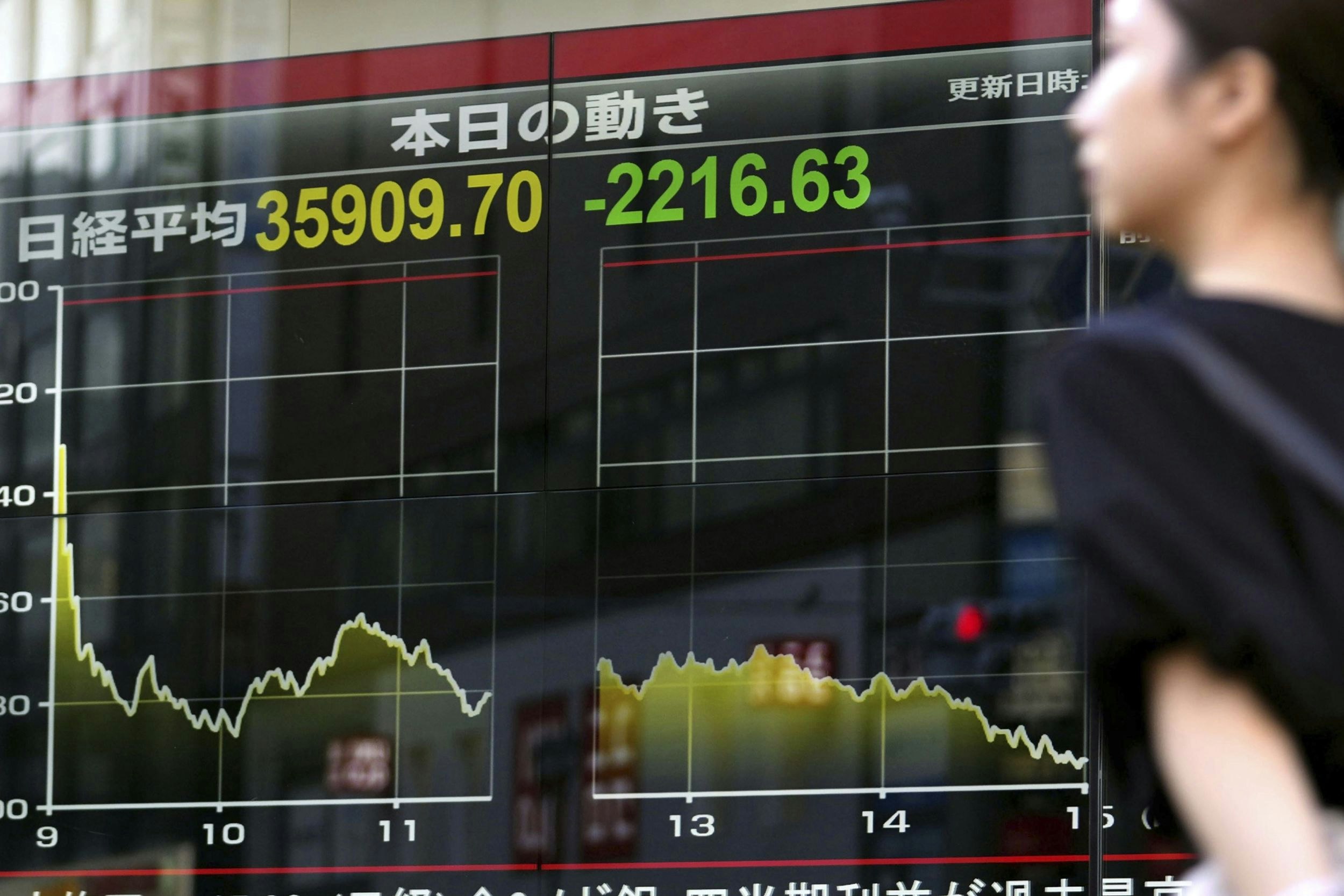The planned one-week stay of two NASA astronauts on the International Space Station ISS will be extended to more than eight months. The reason for this is significant technical problems with Boeing's "Starliner" spacecraft, as the US space agency NASA announced on Thursday. Astronaut Suni Williams and her colleague Barry 'Butch' Wilmore, who arrived at the ISS in early June with the first manned test flight of the "Starliner," are now scheduled to return to Earth in February 2025—and that with a spacecraft from manufacturer SpaceX.
The safety of our astronauts is our top priority," explained NASA Chief Bill Nelson regarding the decision to send the "Starliner" back to Earth unmanned. The return flight, originally planned for mid-June, was canceled after technical difficulties arose. These included problems with the engines and leaks in the helium system. Since then, the two astronauts have been stranded 400 kilometers above Earth.
NASA Manager Norman Knight reported that Williams and Wilmore "fully support" the decision to extend their stay and will continue their mission on the ISS. According to the new plan, the two astronauts will transfer to SpaceX's "Crew Dragon" in February, which is supposed to safely return them to Earth. The unmanned "Starliner" will return to Earth at the beginning of September to make room for the arrival of "Crew 9," which is scheduled to launch from Cape Canaveral Spaceport after September 24.
The planned mission of "Crew 9" includes Williams and Wilmore, originally scheduled for only a week in space, spending several additional months on the ISS as part of this crew. NASA emphasized that such durations are typical for experienced astronauts like Williams and Wilmore, who stay in space for six to eight months. During this period, they will participate in scientific experiments and perform maintenance work on the ISS.
The extended mission presents NASA with logistical challenges, but they are being managed. The supply of food and drinking water is ensured through additional cargo flights. "No one has to go on a diet," assured NASA manager Dana Weigel.
The Boeing "Starliner," a partially reusable spacecraft, has been struggling with technical issues for years. While SpaceX's "Crew Dragon" has been largely transporting people and technology to the ISS without major issues, Boeing's "Starliner" has fallen short of expectations. After several setbacks, including a failed uncrewed test flight in 2019, it wasn't until 2022 that a successful flight to the ISS was achieved.
Despite repeated setbacks, NASA stood behind the project. "It is a very powerful spacecraft," emphasized NASA manager Steve Stich. NASA chief Bill Nelson expressed confidence that the "Starliner" will reliably bring crews to the ISS in the future.
These recent issues, however, cast a shadow on Boeing's efforts to play a role similar to SpaceX in the commercial space sector. The delays and technical challenges present additional hurdles that the company must overcome in order to restore confidence in its space systems.







